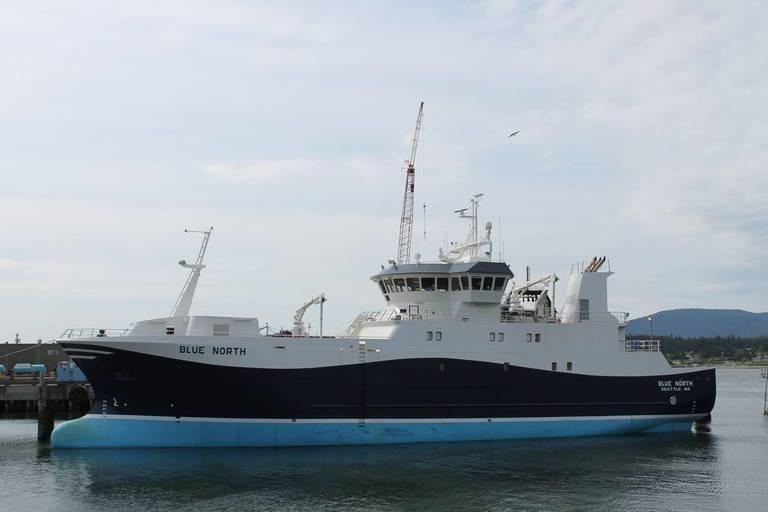
The animal welfare movement has made impressive gains in recent years, as more food companies have ensured the egg, pork, beef and poultry supply chains are less violent and more ethical. The push for cage-free eggs recently won over Nestlé; some turkeys are actually now traceable; and more poultry producers such as Tyson Foods say they are harnessing technology to improve the condition of animals.
But for the most part, this growing sense of awareness about how we treat the animals we eat has overlooked fish. According to writer Ferris Jabr in the Canadian science and environmental publication Hakai Magazine, some of this disconnect can be explained by psychology: our interactions with fish are limited to brightly-colored little creatures swimming around aquariums or a plated fillet of salmon. It has been billions of years since we evolved from our scaled friends; monkeys and apes are easier for us to relate to since that evolution, in contrast, was only a few million years ago.
Meanwhile, estimates suggest that 10 to 100 billion farmed fish are slaughtered annually, joined by anywhere from 1 to 3 trillion fish that are wild-caught (one United Kingdom NGO caps that number at 2.7 trillion). Even at the estimates, the amount of fish killed annually is far more than the total number of people who have ever lived on the planet.
Now, more nonprofits, such as PETA and Mercy for Animals, are urging that this line of thinking applies to fish, especially as aquaculture becomes more critical to the global seafood supply. But despite the mounting scientific evidence, most consumers still share a common misconception that fish do not feel pain. The Animal Welfare Institute counters:
“Slaughter methods in the aquaculture industry are appalling. Little to no attention is given to the suffering of the animals and most are fully conscious during slaughter, which can take many minutes. Some species, such as salmon in the United States, are also starved for many days to empty the gut before they are sent to slaughter. Fish are most often not stunned and are killed by bleeding out, being hit on the head repeatedly, suffocating or freezing.”
Yet most countries, including the U.S., have no regulations requiring that fish are humanely treated.
One company striving to make the fishing industry a more humane and ethical one is Seattle-based Blue North, which operates several fishing vessels in the northern Pacific Ocean. Taking inspiration from renowned animal science professor Temple Grandin, one of Blue North’s boats has been designed to reduce the stress and panic fish experience as they are caught. On this new vessel, fish are quickly stunned by electricity before they are bled. In an interview with Jabr, the founders of Blue North also noted that the crew working on this boat now have a safer and more secure environment in which to do their jobs.
As Jabr explains, the development of more humane slaughtering methods, on sea and on land, has not been prompted by morals or ethics. Rather, it is about profit, and to nudge consumers to feel better about the products they purchase. Nevertheless, watch for more steps like this to be taken to eliminate the pain and suffering of fish, while more consumers are educated about how and when these creatures feel pain. And in fairness to the people who work in these industries, more ethical methods of killing fish will help their jobs across the entire seafood supply chain become safer as well.
Image credit: Blue North/Facebook

Leon Kaye has written for 3p since 2010 and become executive editor in 2018. His previous work includes writing for the Guardian as well as other online and print publications. In addition, he's worked in sales executive roles within technology and financial research companies, as well as for a public relations firm, for which he consulted with one of the globe’s leading sustainability initiatives. Currently living in Central California, he’s traveled to 70-plus countries and has lived and worked in South Korea, the United Arab Emirates and Uruguay.
Leon’s an alum of Fresno State, the University of Maryland, Baltimore County and the University of Southern California's Marshall Business School. He enjoys traveling abroad as well as exploring California’s Central Coast and the Sierra Nevadas.














